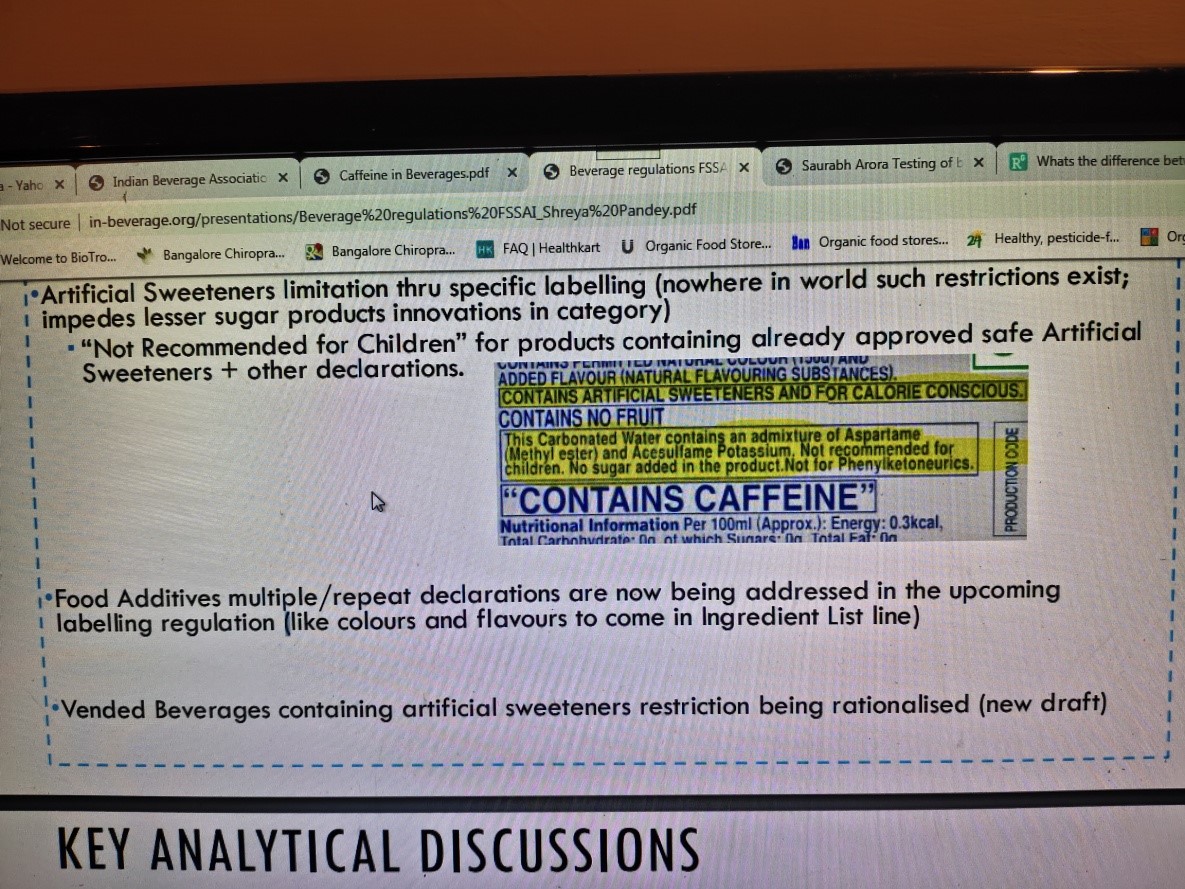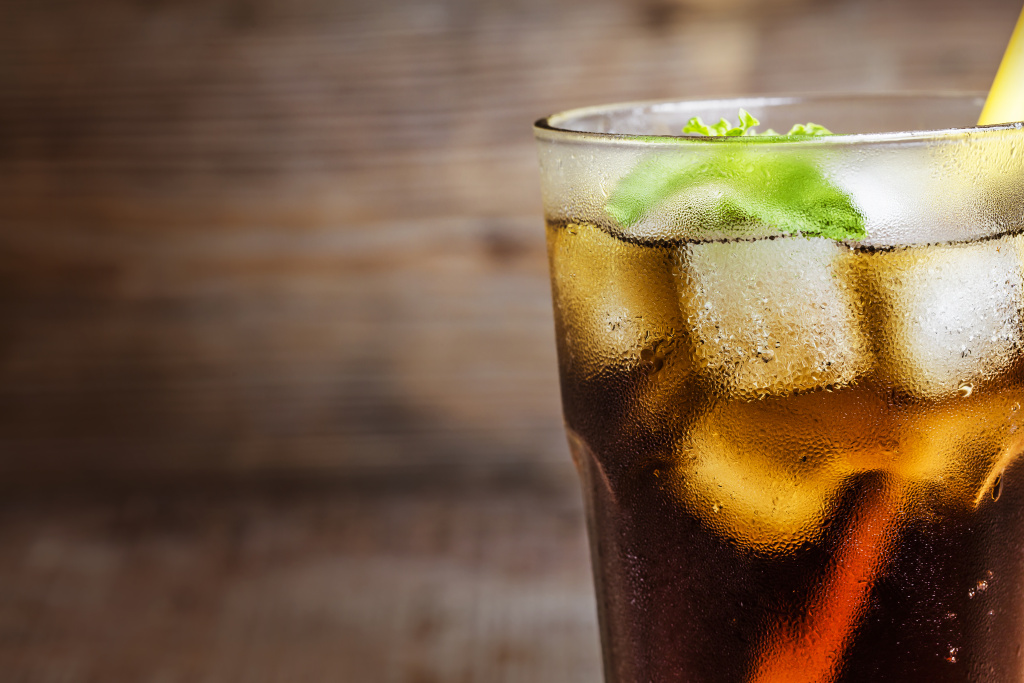(Part 1 of 5 part series on The Dangers that The Soda Ecosystem is)
What is it about soda that is so wonderful, that so many people are drinking it? Are we drinking it because of the wonderful advertisements that the soda industry puts on the media through pictures? Is it that jingle that catches our desires, mind and emotions; that makes us crave it? Is this mind control? Do we drink it because our peers are doing so; they pressure us psychologically? Is it the taste with its combination of water, of sugars which are addicting, and its flavorings that are mostly manmade out of chemicals from the lab? What about the poor employees that are creating these chemicals; are they safe? We need to look into exactly what we are drinking and where the ingredients come from and just what is allowed into our sodas. And think, do we really want to put this stuff into our bodies. On the positive side, is it possible for our soda makers to produce a healthy drink?
A little background information is always good. Soda has its roots in the 18th century when natural carbonated mineral waters were replicated. Initially they began as medicines and came to be known as sodas.
The Pesticide Angle
In “Hard Truth About Soft Drinks,” the Centre for Science and Environment (CSE) in 2003 reported, “Laboratory test finds pesticide residues in all cold drinks tested, just as it had in bottled water six months ago.” Down To Earth discovered that 12 major cold drink brands sold in the area around Delhi contained a “deadly cocktail of pesticide residues.” They were tested for “organochlorine and organophosphorus pesticides and synthetic pyrethroids”. All of these insecticides are common in India and all the sodas contained them. Four extremely toxic pesticides and insecticides were found: lindane, DDT, malathion and chlorpyrifos. The cold sodas tested showed enough toxins in them to cause the following if one regularly consumed them: “cancer, damage to the nervous and reproductive systems, birth defects and severe disruption of the immune system.”
Let’s examine it in another way!
All of the tested sodas had exceeded the European Economic Commission limit on pesticides. ‘Thanda matlab Coca-Cola’ product was 45 times over the norm. ‘Dil mange more” Pepsi was 37 times higher. The Coca-Cola brand as a whole was 30% over the limit. Mirinda Lemon was double the Coca Cola in specific and topped the list. Now, let us compare this to the USA sodas which had no pesticides. The CSE made a statement, “how can apparently quality-conscious multinationals market products which are unfit for human consumption?”
The question that arises is:
Are these companies consciously not sticking to norms in the developing nations? Can a brand of such repute be so unethical?”
A look at Previous Policies
In 1954, The Prevention of Food Adulteration (PFA) Act and the Fruit Products Order (FPO) in 1955 had regulated the contents of cold drink beverages but made no provisions for examining pesticides in them. The FPO, which licenses the industry made the levels for lead and arsenic 50 times higher than those permitted for bottled water. There were no environmental impact assessments and the use of water in the industry was not regulated. The CSE in 2006 conducted another test and found no changes in the levels. But the Bureau for Indian Standards wanted to create other, more contemporarily relevant standards and rightly so!
In 2010 the Indian Beverage Association (IBA) was started. They created new and improved standards and in February, 2019, had a conference for the same. IBA with the AOAC-India Section with the FSSAI, organized a two-day ‘Beverage Sampling & Testing Methodology’ seminar that dealt the relative purity of the products. Leading Indian companies with direct and allied interests in the non-alcoholic beverage industry have come together to form the Indian Beverage Association (IBA). These companies include: The Indian Soft Drinks Manufacturers Association (ISDMA),”Dabur India Ltd, Red Bull India Pvt. Ltd, Tetra Pak India Pvt. Ltd, Pearl Drinks Ltd, Bengal Beverage Ltd, Jain Irrigation Systems Ltd, Coca-Cola India and Pepsico India Holdings Pvt. Ltd.”They admitted that much had to be changed.
The Pertinent Questions
We question just how much influence will the beverage companies have on India’s government regulations?
Is it like the fox guarding the hen house? And as I did my investigation I really realized that they have too much influence. Why?
The labels give poor information. Chemicals are hidden by numbers. Who is going to take the time out to investigate each of the numbers in their drink, since no names are provided?
No one is going to carry around a list of the number meanings and their side effects. There are too many such numbers. They make the print so small that you need a magnifying glass to read it, even on a big bottle of soda. They use words like sugar. And don’t tell you which one. The label states artificial and natural flavors but tells you nothing. The corporate entities promise transparency in the future. So far though, there is not transparency only vagueness. And truly I ask this question, “Is this deliberate-I wonder? By making it difficult to examine are they hoping people will drink up and ignore it all?
Here is an example of the new label.

Some of the new regulations are putting a limit on Heavy Metals, on Other Toxins, and on Allowed Insecticides.
My question is- “Should there even be the question of putting limits on chemicals which are toxic anyway? Should our drinks not be totally free of heavy metals, pesticides and other toxins? Children drink a lot of this stuff, though they are not supposed to. What do these substances do to their health?”
INGREDIENTS- What they tell you!
Let’s look at the typical ingredients in popular sodas and their side effects. Not all are used in India; some are used in other countries. This list will be continued in Part II. Also when reading Part III through V on India’s popular sodas and their ingredients please refer back to my lists to realize how unhealthy these sodas are.
CARBONATED WATER – The drinking of carbonated water can cause gas and bloating in the stomach and can make digestion of acid loving foods difficult. People with Irritable bowel syndrome and other stomach issues can find carbonated drinks irritating to their Gut lining. Carbonated water doesn’t cause weight gain or tooth decay. However, when citric acid is added and sugar and salt the risk of tooth decay and weight gain increase greatly over time due to these additives.
CARBON DIOXIDE (290) – used to make carbonated drinks.
SWEETENERS: Healthline reports that the American Health Association recommends that the daily additional intake of ANY KIND OF SUGAR shouldn’t be more than the following. This includes added sugars in soda, candy, ice cream, baked goods and all processed foods: Please refer to this when reading soda ingredients.
- Men: 37.5 grams or 9 tsps 150 calories
- Women: 25 grams or 6tsp 100 calories
- Children (ages 2 to 18): LESS than 25 grams or 6tsp
- Children ages under 2: no added sugars. It means no soda.
The next article “Ingredients, What they tell you Part II” continues the sweeteners, etc. used in soda.
Disclaimer: This is for educational purposes; please consult your health practitioner.

